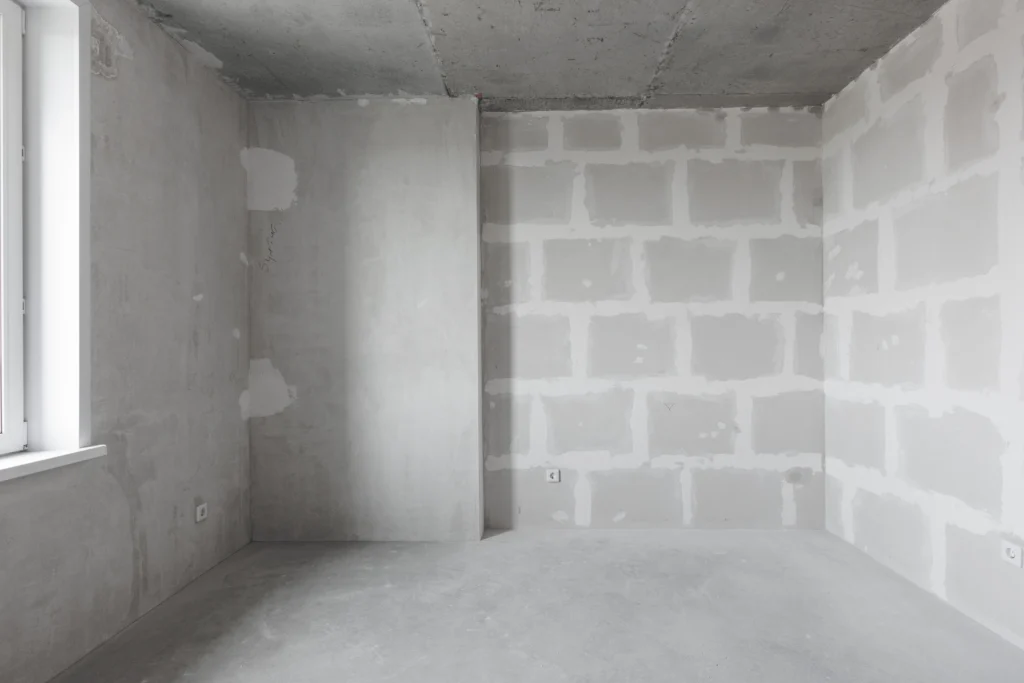The basement is an important part of the house because it offers a wide range of benefits such as improved comfort and functionality. This is because you can use this extra space as storage, for recreational activities, or an added living quarter. The only way to enjoy these advantages is if the space is in good condition.
At times, especially during the rainy season, the room can suffer from water seepage, which can render it unusable and damp. The result is the destruction of items and overall structure. Since you do not want to experience these issues, it makes sense to waterproof the area. This article gives different methods of how to waterproof your basement.
Exterior Method
This is a great technique to implement because it handles the problem from the outside, especially where the water could potentially be coming from. The method entails trenching around the perimeter to access substructure walls. Afterward, a waterproof element is applied directly onto the outside.

Best Basement Waterproofing Tips
The idea here is to create an obstacle against moisture, which helps prevent water from getting into the area through cracks. Although it can be costly and labor intensive to install, it is quite effective and offers long lasting benefits against water infiltration.
Interior Technique
A bit different from the previous method, this one attacks the water problems from inside the house. The idea here entails installing perimeter of French drains to collect water and pump it outside. It can also entail the fitting of coatings and membranes to interior walls and falls to create an impediment against the penetration of water. Unlike the exterior technique, the interior way is more cost-effective and less labor intensive. These advantages make it a popular choice among many individuals looking to address water issues. The only downside is that it does not handle the issues from the exterior, meaning it can still find its way if not properly addressed.
French Drains
As earlier mentioned, French drains can be considered a method of interior waterproofing. This part of the article talks more about the way they operate to keep the area dry. These drains come with a punctured pipe surrounded by rock and gravel and they are installed under the floor or along the perimeter. Their work is to collect groundwater and then pump it away from your home’s foundation. They create a pathway for water to flow freely instead of getting into your house. Through this process, they are able to prevent hydrostatic pressure around your foundation, helping to minimize risks of structural damage that could be caused by too much water.
Sealants
If you are dealing with minimal issues, then you can decide to go for the sealant method. Sealants used for this purpose come in form of liquid form or other elements and are usually applied to the floors and walls. After application, the adhesive forms a barrier that repels water and deters it from filtering into the indoors through gaps, cracks, and porous concrete. Despite these benefits, it is good to note that such simple sealants might not be very effective for the management of severe water issues. They may also not offer a long-term solution. However, if you are looking for a short-term solution they can be effective. All you have to do is to properly prepare the area and use the right application method for the best possible outcome.
Injecting Cracks
Similar to the use of fillers, injecting cracks helps to tackle certain water intrusion points. It entails the use of materials like polyurethane and epoxy. These ones are directly applied into cracks and voids to help seal them and in turn prevent further penetration of water into the house. Through this, the cracks are properly blocked off, preventing water from going through. This helps reinforce the structural integrity of your house. This is a great procedure for addressing minor leaks and hairline cracks, especially in those areas where traditional methods may not be needed. Crack filling is easy to do and still gets the job done.
The underground space has so many use cases. It can be an extra living space, library, gaming room, or even a storage area. Regardless of the way you want to use it, it can be agreed that you cannot enjoy the space if it is full of water. This is why you may want to address water troubles by implementing proper methods. This article has given methods that you can use, meaning you are now well equipped on the best one for your specific problem.
